Storytime with a Farmer becomes regular event in Crawford County
Storytime with a Farmer is a program held bi-monthly, on the third Tuesday (even months) at 6 p.m. in the children’s department of the Bucyrus Public Library.
Read More“Share what you learn today.” With these words, Aaron Heilers, project manager of the Blanchard River Demonstration Farm Network, kicked off a day of learning in Hancock County for more than 125 FFA students. They were gathered April 13 at Stateler Family Farms, one of three demonstration farms in the Western Lake Erie Basin that has been testing both new and traditional conservation methods to help improve water and nutrient conservation. Ohio Farm Bureau and the U.S. Department of Agriculture’s Natural Resources Conservation Service are partners on the five-year, $1 million demonstration farm project.
During the hands-on event, students learned about the financial and environmental challenges farmers face every year as well as the strong demand for workers in the agricultural industry. USDA is projecting a nationwide shortage of qualified individuals to fill careers related to agriculture over the next few years. Ohio is projected to have 18,000 new agriculture-related job openings annually through 2020. The type of jobs range from food science to precision agriculture to agricultural businesses.
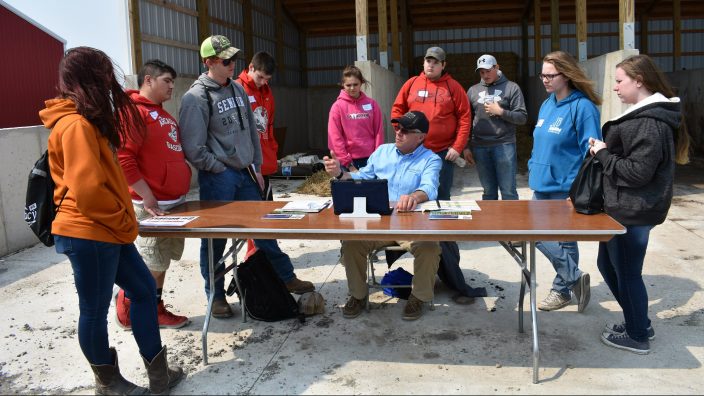
“The overall goal is to teach kids about the wide variety of careers in agriculture as well as conservation measures. We understand that not all kids can be farmers but if they’re really interested in agriculture there’s a wide range of jobs ranging from a technical degree to doctorate doing research. We have about 25 experts here,” said Jordan Hoewischer, OFBF’s director of water quality and research. The event was sponsored by Ohio Farm Bureau, Legacy Cooperative, Stateler Family Farms and Farm Bureaus in Hancock, Hardin, Seneca and Wyandot counties and drew students from as far away as Brown County in southeastern Ohio.
Grace Greer, a senior at Marysville High School, was impressed with the event, saying she learned a lot about conservation measures as well as agriculture-related career opportunities.
“It was like a giant job shadow and a lot of fun,” said Greer, who wants to study sustainable plant systems when she starts at Ohio State University’s Agricultural Technical Institute this fall.
Students spent half of the day visiting a nearby farm to learn about edge-of-field research. USDA is conducting research at 40 fields in Ohio, tracking sediment and nutrient losses via both surface runoff and drainage tiles. The goal is to identify what conservation measure works best for farmers on their land and has the least impact on their bottom line.
Jessica D’Ambrosio (above), Western Lake Erie Project Director for The Nature Conservancy in Ohio, and Chris Winslow, director of both Ohio State University’s Stone Laboratory and the Ohio Sea Grant college program, described efforts to reduce harmful algal blooms in Ohio’s lakes, including preventing phosphorus from escaping from farm fields. While the nutrient is essential to producing food, fuel and fiber, it can drain from fields and feed the growth of harmful algal blooms.
“If we stopped farming — cut it all off — we’d still have harmful algal blooms for 20 to 30 years. This is a complex issue and no single solution. At the end of the day we need to keep growing food and keep our water clean,” D’Ambrosio said.
Winslow detailed the history of Lake Erie’s water quality problems from point sources such as factories and non-point sources such as farm runoff and leaking septic systems. He said there are a lot of misconceptions about how farmers are growing their crops, raising their animals and taking care of the land. He said more scientific research is needed to determine the best way to fix Ohio’s water quality problems.
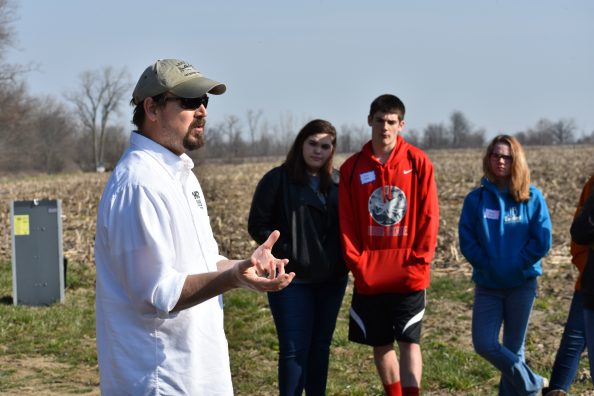
“There is no single cause and no single silver bullet to solve this problem,” Winslow said. “You can pass regulations but they need to be common sense regulations. You’ve got to find that balance.”
During the second part of the day, students learned about the decisions farmers make every year when planting a crop. They were split up into small groups and rotated among stations staffed by industry experts where they learned about soil testing, seed selection, tillage/fertilizer, harvesting and cover crops. The groups then had to decide how much money to spend on their crop. At the end of the day, they competed against each other, marketing a set number of bushels of corn based on worldwide conditions. They were given a score based on how well they did financially and environmentally.
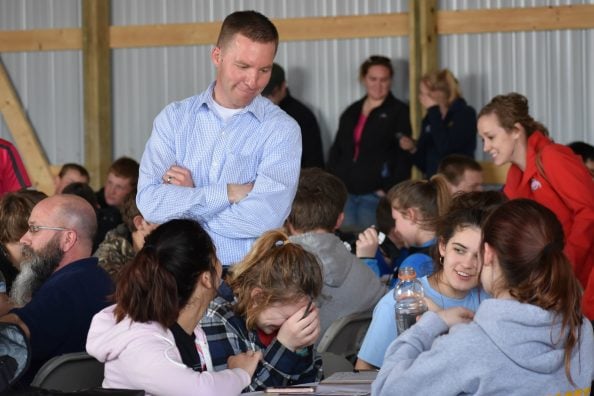
Kaylyn Blue, 17, of Henry County planned to follow Heilers’ advice and share what she learned not only with fellow students but her parents who have a rowcrop and small beef cattle operation.
“With soil sampling, I learned we are a generation behind and I get to take that (information) back to the family farm,” said the Patrick Henry High School student. “They did a great job of teaching us about careers in agriculture.”
Marysville High School teacher Bill Keck was impressed with the event, noting that experts interacted well with students and described science and research in a way that students could easily understand.
“This is probably the best thing in 33 years of teaching that I’ve seen for kids. It wasn’t a lot of technical jargon and was on the students’ level. It was a lot of good information,” he said.
Interested in a group tour of the Blanchard River Demonstration Farms? Visit the demo farms’ website to set up a tour (use the email button at the bottom of the home page) or to learn more about the project, which is part of Ohio Farm Bureau’s $2.6 million comprehensive Water Quality Action Plan.
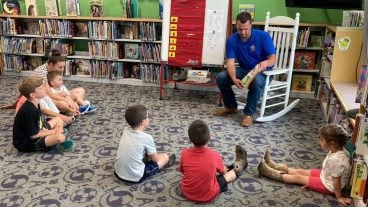
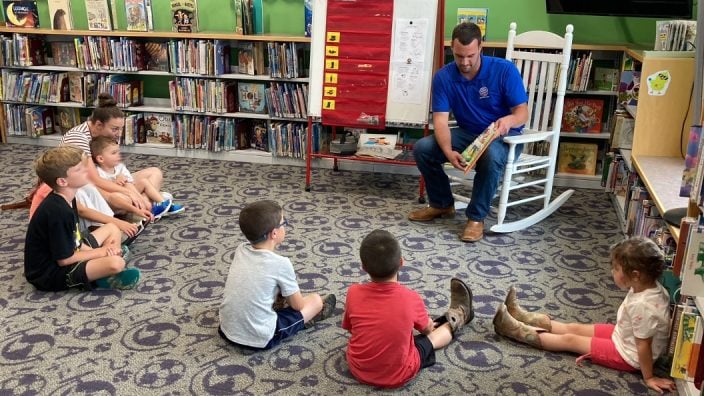
Storytime with a Farmer is a program held bi-monthly, on the third Tuesday (even months) at 6 p.m. in the children’s department of the Bucyrus Public Library.
Read More
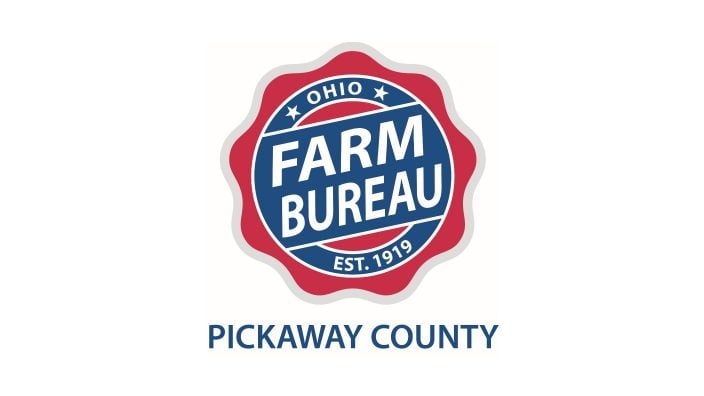
You can help support the Junior Fair Exhibitors by donating with cash, check or credit card to the Pickaway County Buyers Club. Donate by May 3.
Read More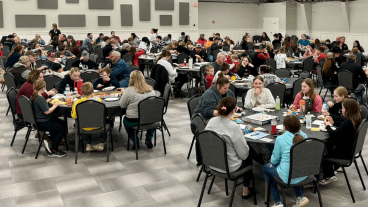
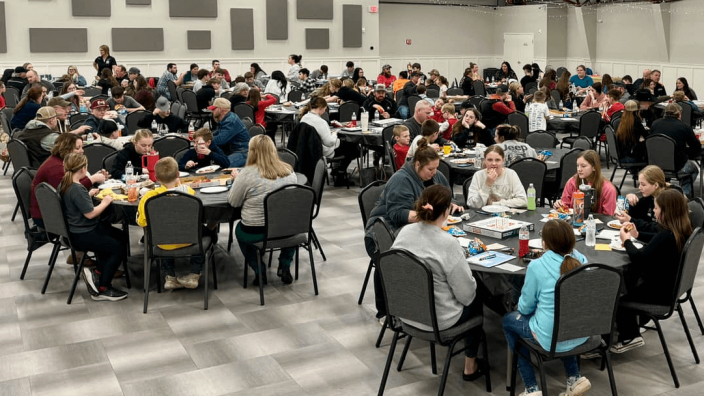
Maddie Allman, OSU Extension 4-H Educator, led the QA training.
Read More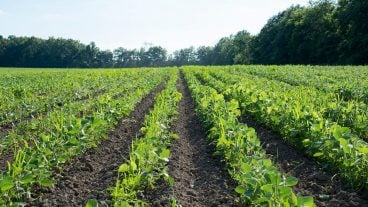
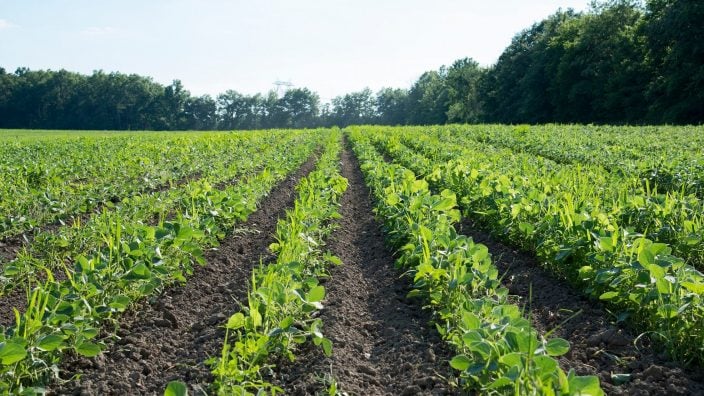
March 15, we will welcome students and persons interested in a career in agriculture to network and visit with ag-related businesses local to Miami County and surrounding areas.
Read More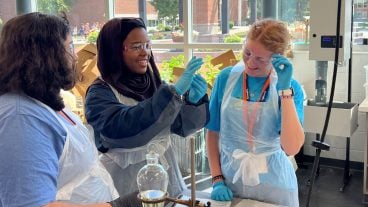
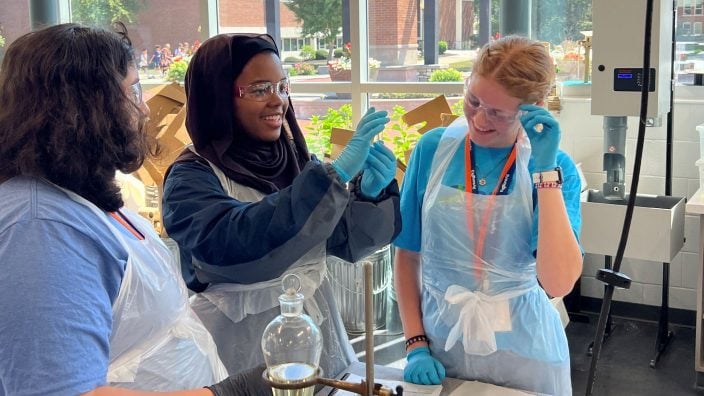
The ExploreAg program is free to all high school students; deadline to apply is April 26, 2024.
Read More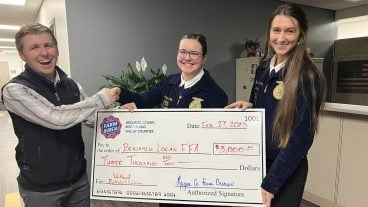
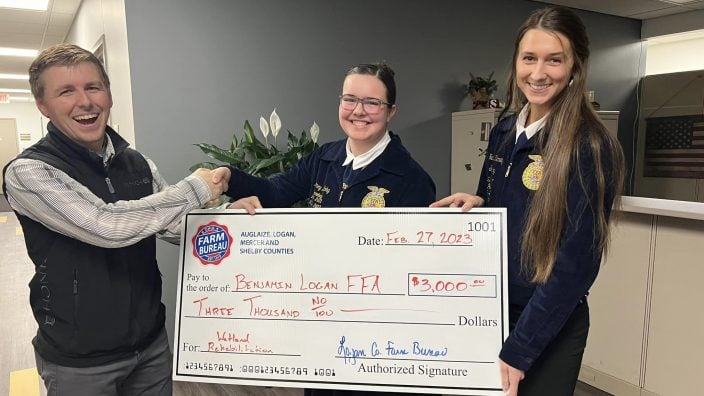
The grant applications open Feb. 1 and will end May 15, 2024.
Read More

Roxanne Troup received the award for ‘My Grandpa, My Tree, and Me.’
Read More
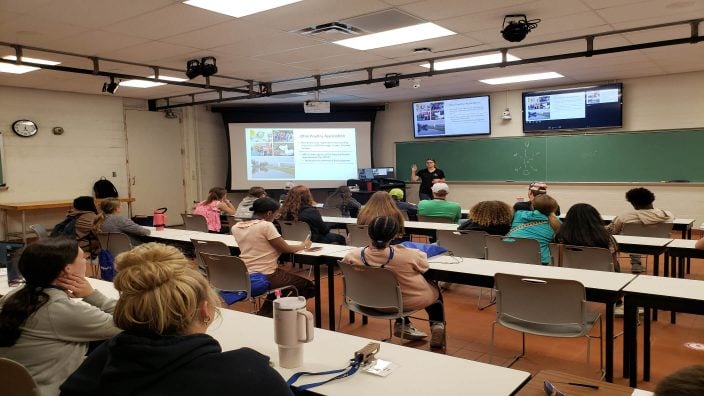
Lorain County Farm Bureau sponsors grants to enhance the appreciation of agriculture throughout Lorain County.
Read More

Through 14 scholarship funds, nearly 50 awards will be made to deserving students. The deadline to apply online is March 31.
Read More
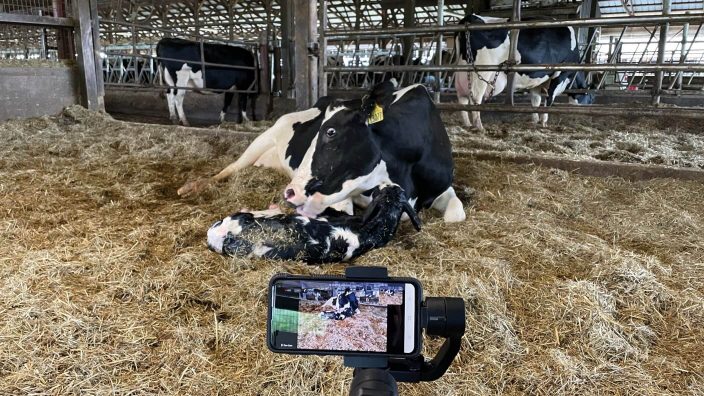
Shift•ology Communications in Springfield, led by Farm Bureau member Melanie Wilt, hosts Virtual Farm Trips — unscripted, live visits to farms for classrooms coast to coast.
Read More